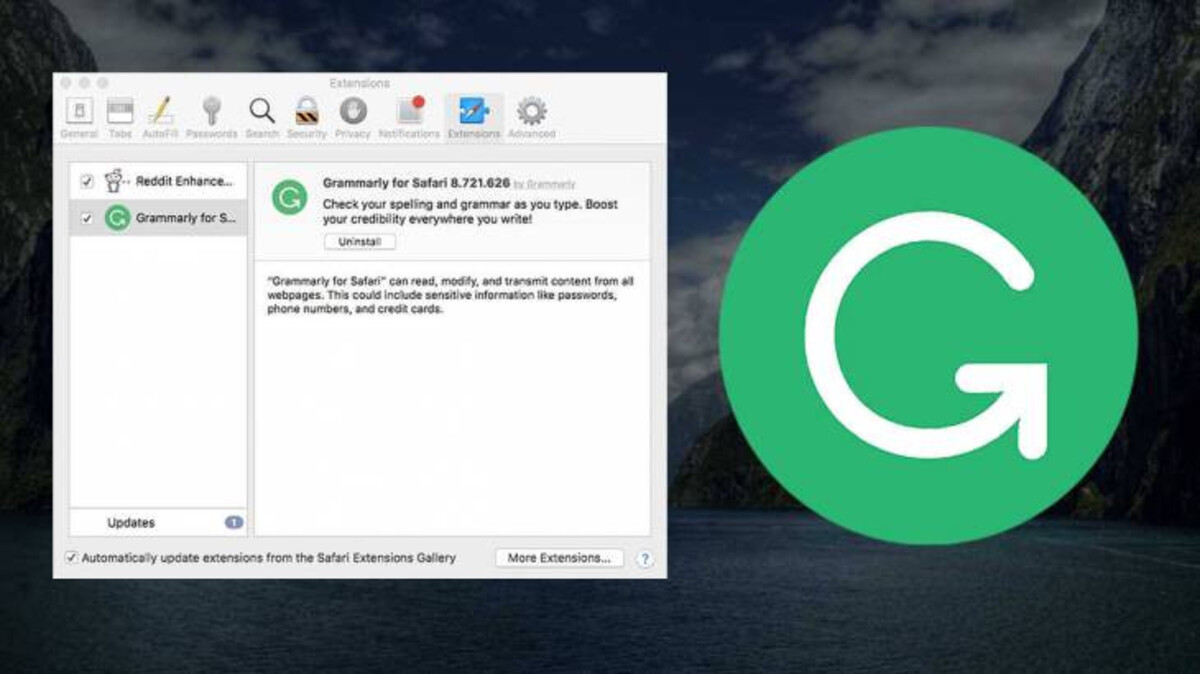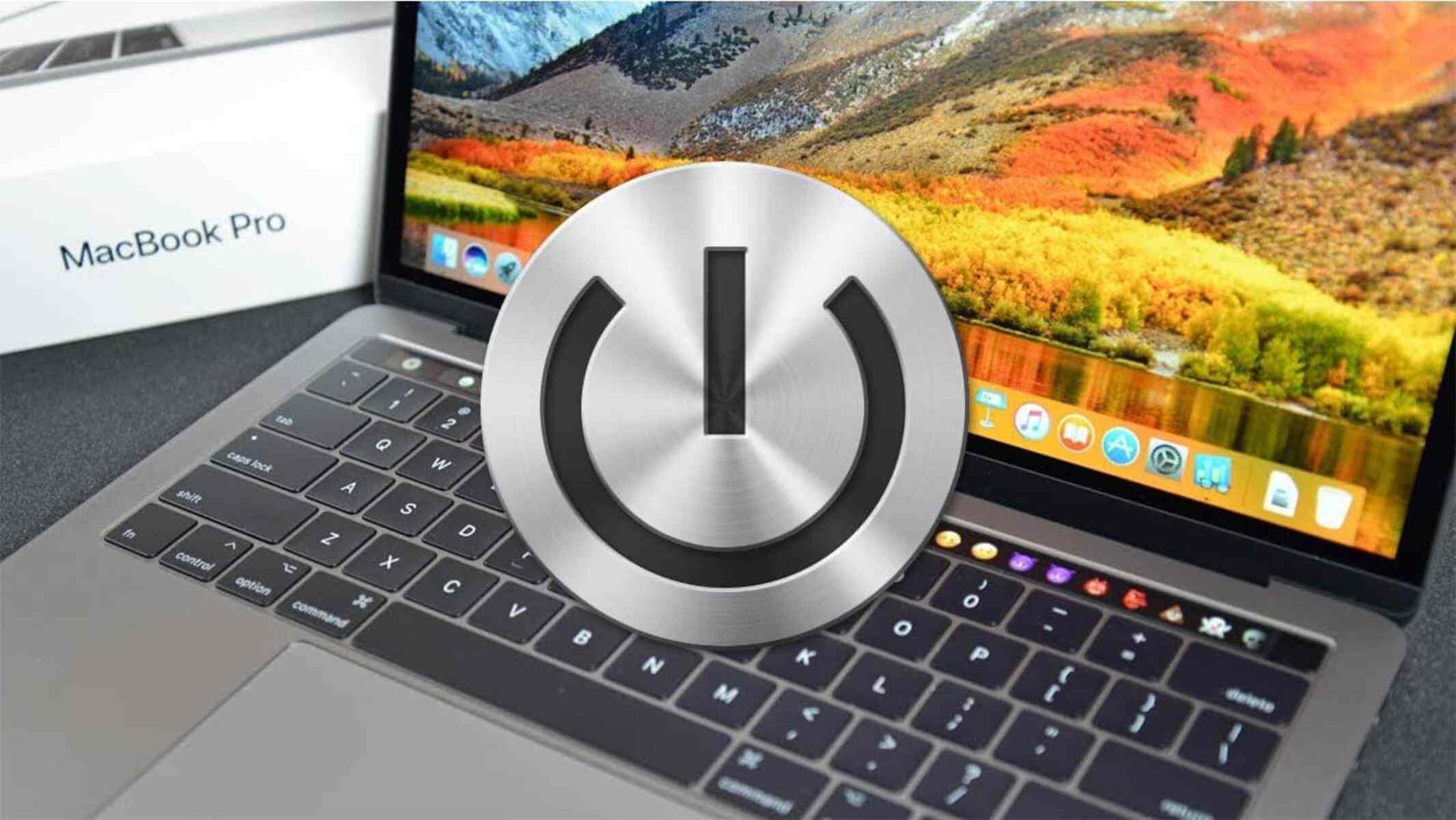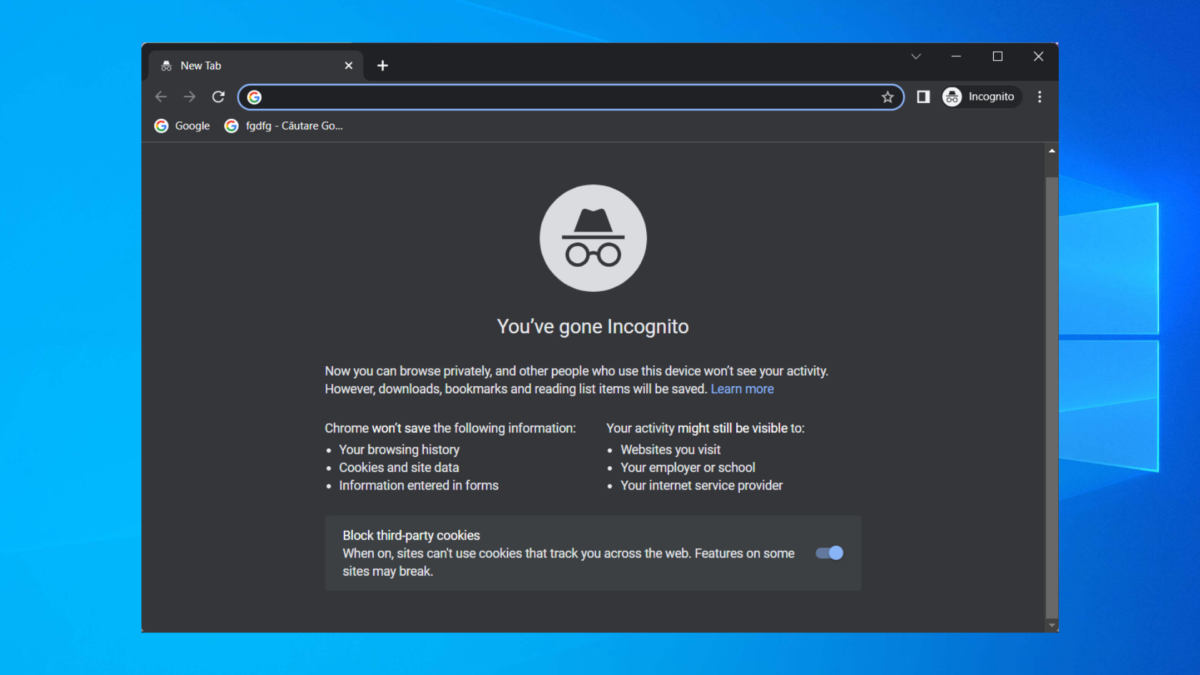Reasons why you may need to restart your web browser
Web browsers have become an essential tool for daily internet usage. However, there are instances when your browser may start behaving abnormally or become sluggish. When faced with such issues, restarting your web browser can often resolve the problem. Here are a few common reasons why you may need to restart your web browser:
- Sluggish performance: Over time, as you open multiple tabs or install various extensions, your browser’s performance can start to slow down. Restarting the browser helps clear the accumulated cache, refreshes the browser’s processes, and can significantly improve its speed and responsiveness.
- Crashes and freezes: If your web browser crashes frequently or freezes, it can disrupt your browsing experience and even lead to data loss. Restarting the browser can help clear any conflicting processes, memory leaks, or faulty extensions, allowing you to start fresh and resume your browsing activities.
- Memory issues: Browsers consume a significant amount of memory, especially when multiple tabs are open. Over time, this can lead to memory leaks or excessive memory usage, causing your browser to slow down or crash. Restarting the browser helps free up the system resources and allocate memory more efficiently.
- Script errors: Occasionally, you may encounter script errors while browsing certain websites. These errors can impact the functionality of the webpage or cause the browser to become unresponsive. Restarting the browser can clear any temporary script issues and provide a fresh start for proper loading and execution of scripts.
- Browser updates: Sometimes, after updating your browser to the latest version, you may experience compatibility issues with certain websites or applications. Restarting the browser ensures that the latest updates are fully implemented and minimizes any conflicts that may arise from the update process.
By restarting your web browser, you can resolve these common issues and enjoy a smooth and uninterrupted browsing experience. However, it is important to note that restarting the browser should be the first troubleshooting step. If the issues persist, further investigation or seeking additional technical support may be required.
How to restart Google Chrome
Google Chrome is one of the most popular web browsers used globally. If you are encountering issues with Chrome, restarting the browser can often help resolve the problem. Here’s how you can restart Google Chrome:
- Close Chrome: To start, you need to close any open Chrome windows or tabs. You can do this by clicking on the ‘X’ button in the top-right corner of each window or by pressing Ctrl + Shift + Q to close all open tabs at once.
- Relaunch Chrome: After closing Chrome, you can relaunch it by double-clicking on the Chrome icon on your desktop or by searching for ‘Chrome’ in the Start Menu or the applications folder on your computer.
- Verify restart: Once Chrome reopens, check if the issue you were experiencing has been resolved. The restart will have cleared any temporary data, refreshed the browser’s processes, and hopefully improved its performance.
If you prefer a quicker way to restart Chrome without closing and reopening the browser, you can utilize Chrome’s built-in task manager. Press Shift + Esc on your keyboard to open the task manager. Locate the ‘Google Chrome’ process, select it, and click on the ‘End process’ button. Wait a few moments, and then press Ctrl + Shift + T to restore your previously closed tabs.
Remember that if you have multiple profiles in Chrome, you should restart the specific profile that is experiencing issues. To do this, click on the profile icon in the top-right corner of the browser, select the profile you want to restart, and follow the steps mentioned above.
Restarting Google Chrome helps clear any temporary data, refreshes the browser’s processes, and can resolve various performance issues and glitches. It’s a simple yet effective way to give your browsing experience a fresh start. However, if the problems persist after restarting, you may need to explore other troubleshooting steps or seek additional support.
How to restart Mozilla Firefox
Mozilla Firefox is a popular web browser known for its speed and security features. If you encounter any issues or experience slow performance with Firefox, restarting the browser can often help resolve the problem. Here’s how you can restart Mozilla Firefox:
- Close Firefox: Start by closing any open Firefox windows or tabs. You can do this by clicking on the ‘X’ button in the top-right corner of each window or by pressing Ctrl + Shift + W to close all open tabs at once.
- Relaunch Firefox: After closing Firefox, you can relaunch it by double-clicking on the Firefox icon on your desktop or by searching for ‘Firefox‘ in the Start Menu or the applications folder on your computer.
- Confirm restart: Once Firefox reopens, check if the issues you were experiencing have been resolved. The restart will have cleared any temporary data, refreshed the browser’s processes, and optimistically improved its performance.
If you prefer to restart Firefox without closing and reopening the entire browser, you can use the built-in restart option. Follow these steps:
- Click on the ‘Menu’ button: It is located in the top-right corner of the browser, represented by three horizontal lines.
- Select ‘Help’ from the dropdown menu: A list of options will appear.
- Click on ‘Restart with Add-ons Disabled’: A dialog box will appear, asking if you want to start in safe mode.
- Choose ‘Start in Safe Mode’: Firefox will close and open in safe mode, which temporarily disables any installed extensions or themes. This can help identify if any add-ons were causing the issues.
- Verify restart: Once Firefox restarts, check if the problem persists. If the issues are resolved, you can exit safe mode and restart Firefox again normally.
Restarting Mozilla Firefox provides a fresh start, clearing any temporary data, refreshing the browser’s processes, and potentially resolving performance issues. If the problems persist after the restart, you may need to explore further troubleshooting steps or seek additional support.
How to restart Microsoft Edge
Microsoft Edge is a popular web browser that comes pre-installed on Windows devices. If you are experiencing issues or noticing slow performance with Edge, restarting the browser can often help resolve the problem. Here’s how you can restart Microsoft Edge:
- Close Edge: Start by closing any open Edge windows or tabs. You can do this by clicking on the ‘X’ button in the top-right corner of each window or by pressing Ctrl + Shift + Q to close all open tabs at once.
- Relaunch Edge: After closing Edge, you can relaunch it by double-clicking on the Edge icon on your desktop or by searching for ‘Microsoft Edge’ in the Start Menu or the applications folder on your computer.
- Confirm restart: Once Edge reopens, check if the issues you were experiencing have been resolved. The restart will have cleared any temporary data, refreshed the browser’s processes, and hopefully improved its performance.
If you prefer a quicker way to restart Edge without closing and reopening the browser entirely, you can use the built-in task manager. Here’s how:
- Press Shift + Esc: This keyboard shortcut will open the task manager within Edge.
- Locate the ‘Microsoft Edge’ process: In the task manager window, find the ‘Microsoft Edge’ process from the list of running processes.
- Select and end the task: Click on the ‘Microsoft Edge’ process and then click on the ‘End task’ button at the bottom-right corner of the task manager window.
- Relaunch Edge: Once the process is ended, relaunch Edge by clicking on the Edge icon on your desktop or searching for ‘Microsoft Edge’ in the Start Menu or the applications folder.
- Verify restart: Once Edge reopens, check if the problem persists. The restart will have terminated any conflicting processes or extensions, providing a fresh start for a smoother browsing experience.
Restarting Microsoft Edge can help clear temporary data, refresh the browser’s processes, and potentially resolve performance issues. However, if the problems persist after the restart, you may need to explore further troubleshooting steps or seek additional support.
How to restart Safari
Safari is the default web browser for Apple devices and is known for its speed and user-friendly interface. If you encounter any issues or notice slow performance with Safari, restarting the browser can often help resolve the problem. Here’s how you can restart Safari:
- Close Safari: Start by closing any open Safari windows or tabs. You can do this by clicking on the red ‘X’ button in the top-left corner of each window or by pressing Ctrl + Shift + W to close all open tabs at once.
- Relaunch Safari: After closing Safari, you can relaunch it by clicking on the Safari icon in your dock or by searching for ‘Safari’ in the Spotlight search menu.
- Confirm restart: Once Safari reopens, check if the issues you were experiencing have been resolved. The restart will have cleared any temporary data, refreshed the browser’s processes, and hopefully improved its performance.
If you prefer to restart Safari without closing and reopening the browser entirely, you can utilize Safari’s built-in menu option. Here’s how:
- Click on the ‘Safari’ menu: It is located in the top-left corner of the screen next to the Apple logo.
- Select ‘Quit Safari’: A drop-down menu will appear with the option to quit Safari.
- Relaunch Safari: Once you quit Safari, you can relaunch it by clicking on the Safari icon in your dock or searching for ‘Safari’ in the Spotlight search menu.
- Verify restart: Once Safari reopens, check if the problem persists. The restart will have cleared any temporary data, refreshed the browser’s processes, and potentially resolved any performance issues.
Restarting Safari can help clear temporary data, refresh the browser’s processes, and potentially resolve performance issues or glitches. However, if the problems persist after the restart, you may need to explore further troubleshooting steps or seek additional support.
How to restart Opera
Opera is a feature-rich web browser known for its speed, security, and built-in features like a free VPN and ad-blocker. If you encounter any issues or notice sluggish performance with Opera, restarting the browser can often help resolve the problem. Here’s how you can restart Opera:
- Close Opera: Begin by closing any open Opera windows or tabs. You can do this by clicking on the ‘X’ button in the top-right corner of each window or by pressing Ctrl + Shift + W to close all open tabs at once.
- Relaunch Opera: After closing Opera, you can relaunch it by double-clicking on the Opera icon on your desktop or by searching for ‘Opera’ in the Start Menu or the applications folder on your computer.
- Confirm restart: Once Opera reopens, check if the issues you were experiencing have been resolved. The restart will have cleared any temporary data, refreshed the browser’s processes, and hopefully improved its performance.
If you prefer to restart Opera without closing and reopening the entire browser, you can use the built-in task manager. Here’s how:
- Press Shift + Esc: This keyboard combination will open the Opera task manager.
- End Opera processes: In the task manager window, select the ‘Opera’ process and click on the ‘End process’ button at the bottom-right corner.
- Relaunch Opera: Once you end the process, relaunch Opera by double-clicking on the Opera icon on your desktop or searching for ‘Opera’ in the Start Menu or the applications folder.
- Verify restart: Once Opera reopens, check if the problem persists. The restart will have terminated any conflicting processes or extensions, providing a fresh start for a smoother browsing experience.
Restarting Opera can help clear temporary data, refresh the browser’s processes, and potentially resolve performance issues or glitches. However, if the problems persist after the restart, you may need to explore further troubleshooting steps or seek additional support.
How to restart Internet Explorer
Internet Explorer is the default web browser for older Windows operating systems. If you are experiencing issues or encountering slow performance with Internet Explorer, restarting the browser can often help resolve the problem. Here’s how you can restart Internet Explorer:
- Close Internet Explorer: Begin by closing any open Internet Explorer windows or tabs. You can do this by clicking on the ‘X’ button in the top-right corner of each window or by pressing Ctrl + W to close the current tab. To close all open tabs at once, press Ctrl + Shift + W.
- Relaunch Internet Explorer: After closing Internet Explorer, you can relaunch it by clicking on the Internet Explorer icon on your desktop or by searching for ‘Internet Explorer’ in the Start Menu or the applications folder on your computer.
- Confirm restart: Once Internet Explorer reopens, check if the issues you were experiencing have been resolved. The restart will have cleared any temporary data and refreshed the browser’s processes, potentially improving its performance.
If you prefer a quicker way to restart Internet Explorer without closing and reopening the browser entirely, you can use the built-in task manager. Here’s how:
- Press Shift + Esc: This keyboard shortcut will open the task manager within Internet Explorer.
- End Internet Explorer processes: In the task manager window, locate the ‘Internet Explorer’ process and select it. Then, click on the ‘End Task’ button at the bottom-right corner.
- Relaunch Internet Explorer: Once the process is ended, relaunch Internet Explorer by clicking on the Internet Explorer icon on your desktop or searching for ‘Internet Explorer’ in the Start Menu or the applications folder.
- Verify restart: Once Internet Explorer reopens, check if the problem persists. The restart will have terminated any conflicting processes or extensions, providing a fresh start for improved browsing performance.
Restarting Internet Explorer helps clear temporary data, refreshes the browser’s processes, and can resolve various performance issues or glitches. However, if the problems persist after the restart, you may need to explore further troubleshooting steps or seek additional support.
Tips for a smooth browser restart
Restarting your web browser can often help resolve performance issues and glitches, providing you with a fresh start. To ensure a smooth browser restart and maximize its effectiveness, consider the following tips:
- Save your work: If you have any unsaved work or important tabs open, make sure to save or bookmark them before restarting your browser. This will prevent any data loss and allow you to pick up where you left off.
- Clean up your browser: Before restarting, consider clearing your browser’s cache, cookies, and browsing history. This helps remove temporary files that may be causing performance problems and provides a clean slate for your browser to start fresh.
- Update your browser: Ensure that your browser is updated to the latest version. An outdated browser can sometimes lead to compatibility issues with websites and applications. Updating your browser before restarting can minimize any potential conflicts.
- Disable extensions or add-ons: If you suspect that a particular extension or add-on may be causing issues, try disabling them before restarting your browser. This can help identify if any extensions are contributing to the performance problem and allow you to restart with a streamlined setup.
- Restart your computer: In some cases, restarting your computer before restarting the browser can help resolve more complex issues. A computer restart clears system resources and allows for a fresh start, potentially resolving any underlying problems that may be affecting the browser’s performance.
- Close unnecessary tabs and applications: Before restarting, close any unnecessary tabs, windows, or applications running in the background. This reduces resource consumption and allows your browser to restart with a lighter load.
- Monitor system performance: Keep an eye on your computer’s resource utilization, such as CPU and memory usage, while using the browser. This can give you insights into potential performance bottlenecks and help determine if a restart is necessary.
- Regularly maintain your browser: Perform routine maintenance, such as clearing cache and cookies, updating extensions, and checking for browser updates, to keep your browser running smoothly. Regular maintenance can help minimize the need for frequent restarts.
By following these tips, you can ensure a smooth browser restart and resolve performance issues more effectively. Keep in mind that if the problems persist after the restart, further troubleshooting or seeking additional support may be necessary to address underlying issues affecting your browser’s performance.
Conclusion
Restarting your web browser can be a simple and effective solution to resolve various performance issues and glitches. Whether you’re using Google Chrome, Mozilla Firefox, Microsoft Edge, Safari, Opera, or Internet Explorer, the process of restarting is similar across these popular browsers. By closing and relaunching the browser, you can clear temporary data, refresh the browser’s processes, and potentially improve its speed and responsiveness.
In this article, we have discussed the reasons why you may need to restart your web browser, including sluggish performance, crashes and freezes, memory issues, script errors, and compatibility with browser updates. We have also provided step-by-step instructions on how to restart different browsers, such as Google Chrome, Mozilla Firefox, Microsoft Edge, Safari, Opera, and Internet Explorer.
Additionally, we shared tips for a smooth browser restart, such as saving your work, cleaning up your browser, updating your browser, disabling extensions or add-ons, restarting your computer, closing unnecessary tabs and applications, monitoring system performance, and regularly maintaining your browser.
Remember, a browser restart should be the first troubleshooting step, but if the issues persist after restarting, further investigation or seeking additional technical support may be necessary. Keeping your browser updated and practicing regular maintenance can also help prevent frequent performance issues, reducing the need for frequent restarts.
By following these guidelines, you can ensure a smoother and more enjoyable browsing experience, optimizing your productivity on the web and minimizing disruptions caused by browser-related issues.

























